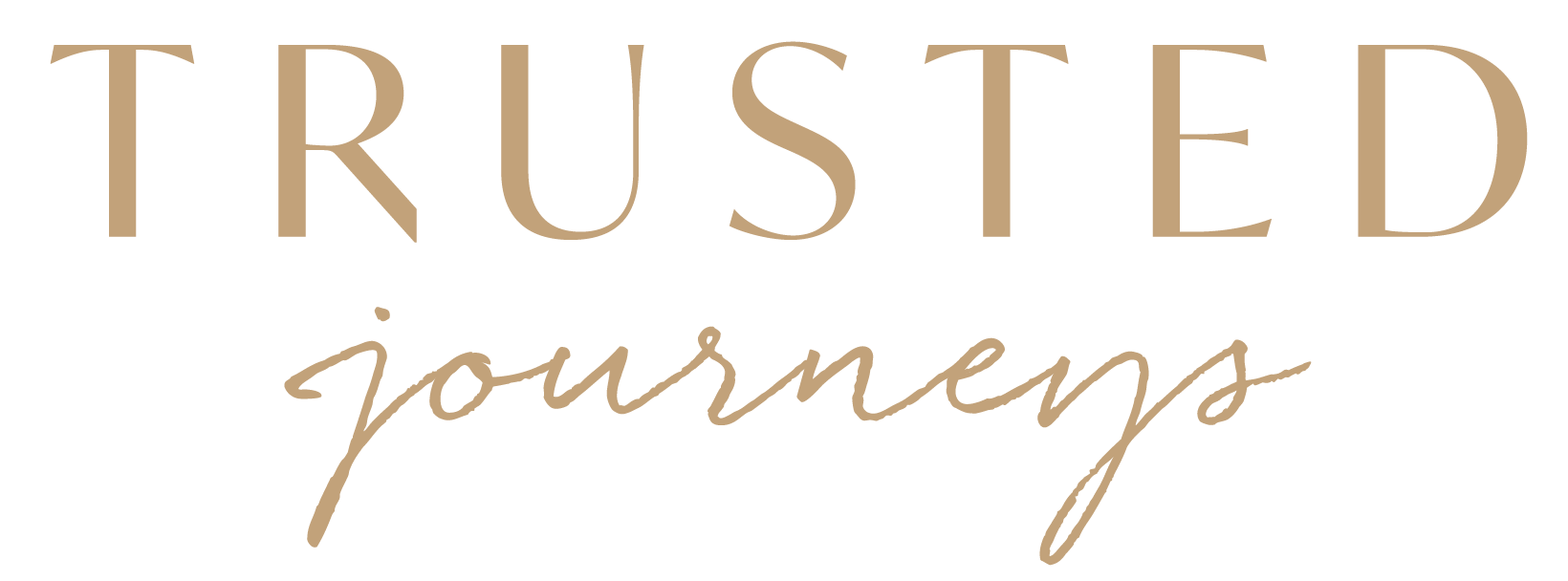Learning Emotionally Focused Therapy and Internal Family Systems
I first came across Sue Johnson and her model of couple therapy, Emotionally Focused Therapy (EFT), at a large psychotherapy convention many years ago. I had no interest in doing couple work. Imagining—correctly—it would take a lot to learn. Believing—falsely—couple work was more superficial and less transformative than individual work. At that introductory workshop, though, I was delighted by what I got for myself. Answers to the questions I’d been asking for years about what had gone wrong in my past marriage. Finally, I could let go of my self-questioning, and be excited to commit to my new relationship.
Because that short workshop was so powerful for me personally, I did pursue EFT training. It fundamentally changed how I work with clients, and the depth of healing I’m able to facilitate. I jumped all in, doing as much training, supervision, and teaching as I could to master the model.
Over the years, I continued to learn other leading models of therapy to see what they could add to my skill set. Most trainings increased my confidence in and appreciation for EFT. Delightedly, I also found Internal Family Systems (IFS), which opened a whole other world for me and my clients.
EFT and IFS have core common principals
Emotionally Focused Therapy and Internal Family Systems are complementary models. They have a core of common principles. At the same time, each emphasizes a unique energy that is distinctly powerful in the world of psychotherapy.
Both models see all behaviors and emotions as having beneficial, positive intentions. Well-intentioned but unsuccessful behaviors and emotions are simply blocked from growing and healing for reasons that make perfect sense.
EFT and IFS both understand the way out of suffering is not through talking and analysis. Rather, healing happens with new, felt experiences of compassionate connection. Finally, in both models, the therapist must do an enormous amount of their own internal work to provide these experiences.
EFT and IFS emphasize different therapist stances, and different sources of healing
EFT and IFS have fundamentally different source of compassionate connection. For this reason, each emphasizes a different therapist stance. In EFT, the therapist walks with the client in their shoes, joining them in their experience. The therapist feels with, reflects, shines curiosity, and conjectures in search of deeper resonance. Clients experience more clarity and self-appreciation through safe and accurate connection.
In IFS, the goal of the therapist is to invite and guide the client to experience their own Self-energy: an infinite source of curiosity and compassion. The client explores their own internal world with their own Self-energy. With compassion and curiosity, they discover and befriend the parts of themselves that are burdened. Parts, for example, that are angry, self-critical, empty, or engaging in extreme behaviors, open up and communicate directly with the client. They share their stories, hopes, and concerns, and learn to trust the client to understand and care for them. As the parts gain trust in Self-energy, the Self-energy can go deeper into the client’s internal system, bringing healing and transformation.
When therapy works as intended, an EFT client feels deeply, safely, and compassionately held and seen by their therapist. They learn to give and receive those same experiences with their partner and in their life. An IFS client experiences, with awe, a new world inside themselves full of compassion and wisdom. Clients develop trust in their own ability to care for, protect, and heal themselves.
EFT and IFS working together can bring more power to the therapeutic process
Over the past several years I’ve worked to integrate EFT and IFS into a unified model for my own client work, and to share with other therapists. Learning IFS has made me a better EFT therapist, and learning EFT has made me a better IFS therapist. By integrating the two, and flexibly moving back and forth between stances as best suited to the client needs in the moment, I’m able to bring more range and power to the therapeutic process than with either model alone.
If you have experience with either one of these models, or both, I’d love to hear if the work was helpful for you.
Photo by Alexander Andrews on Unsplash


